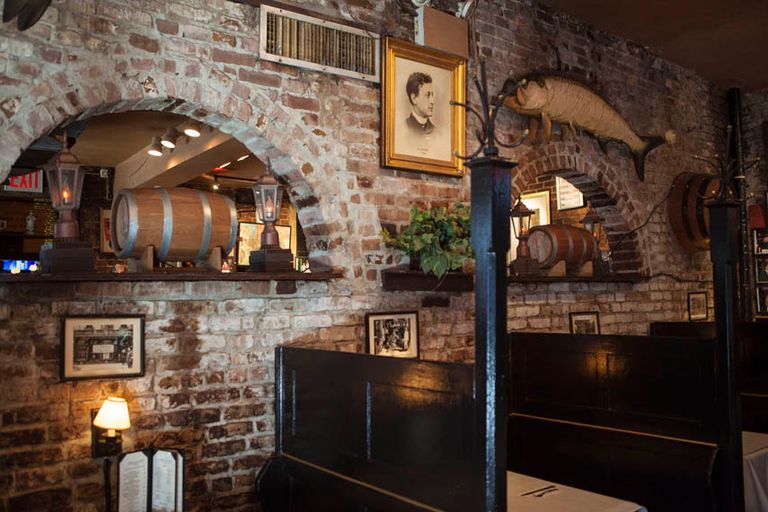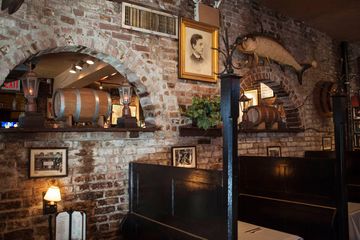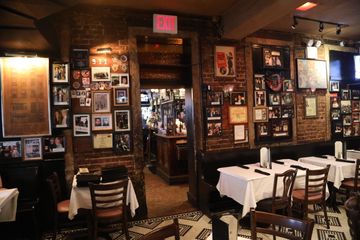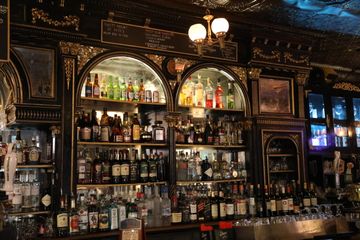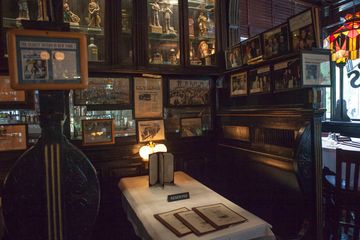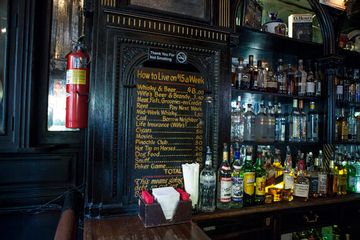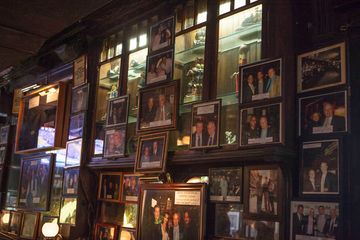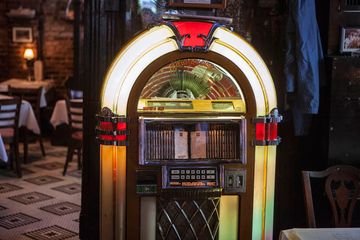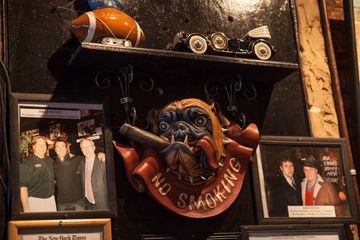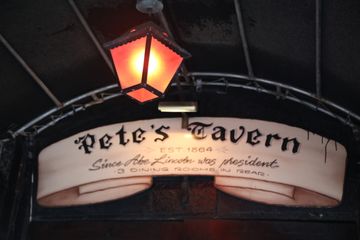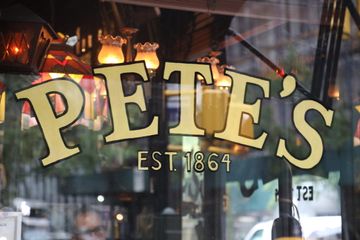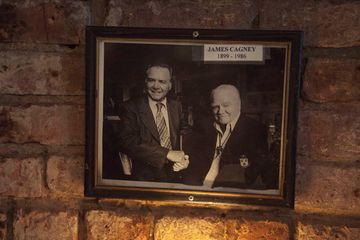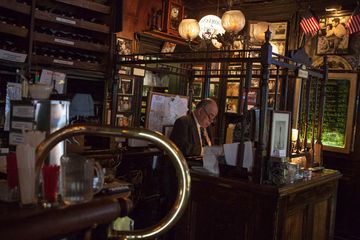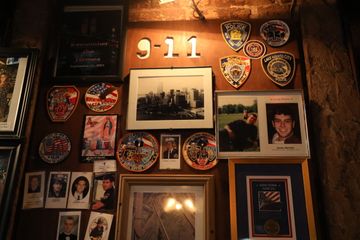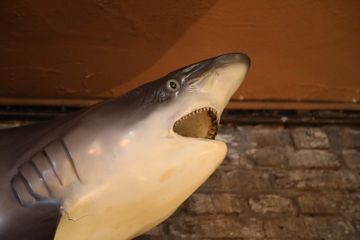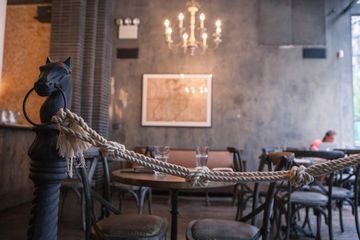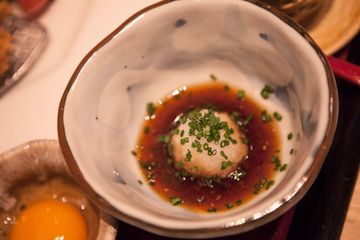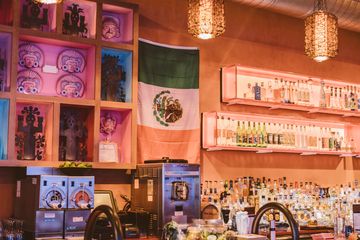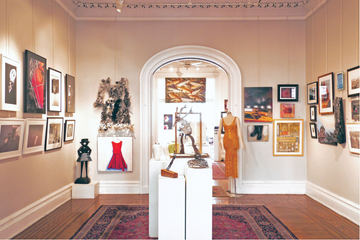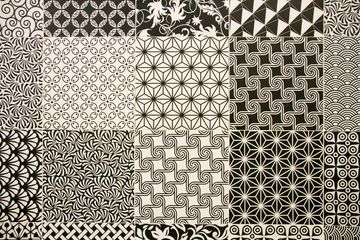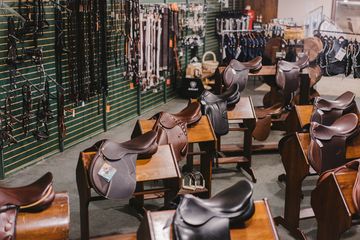Javelina opened in the middle of a snowstorm in 2015, and was suddenly inundated with over eighty customers. They are the ultimate restaurant success story, and Matt Post, the owner, says it is all thanks to the Texas network. While speaking to me at the bar of his seemingly always-full new space, he let me know that when Texans would get together before Javelina opened (“we always find each other, ” he said), the conversation would steer towards how there was no good Tex Mex food in the city. Despite the fact that there were many places in the 1980s, there has been a noticeable dearth in recent decades. Matt suspects the reason is that people overdosed on cheap, badly-done Tex-Mex. “Any place with a frozen margarita machine called themselves Tex-Mex, ” he explained. There was, however, one Mexican restaurant that Matt liked, called Los Dos Molinos in Gramercy, nearby his apartment. When that eatery closed in 2009, Tommy Lasagna took its place and Matt momentarily forgot about it. It was fate, therefore, when Matt started looking for a decently priced space in which to open his very first restaurant, and discovered that Los Dos Molinos’ old home was for rent. He embraced the good karma and opened Javelina. A lot of research and preparation went into Javelina. Matt found an excellent chef in Rich Caruso, who had fallen in love with Tex-Mex on a barbecue research trip to Austin. He grew up in South Brooklyn, however, and so he did not know what “queso” was. Matt informed me that queso is central to Tex-Mex, and the first thing a Texan would ask him when they heard of his plans for Javelina was “Will there be queso? ” Rich therefore spent five days tasting forty different kinds of queso before developing four varieties for Javelina. We tried his “Bob Armstrong” queso, made with guacamole, pico de gallo, ground beef, and sour cream. The north easterners who make up a part of the Manhattan Sideways team were delighted by the perfect balance of creamy cheese and zingy spices – we became immediate converts. The décor was also carefully thought out, as Matt brought in a designer from Austin in order to ensure that the ambience would be authentic, without too many of the kitschy southwestern aspects that Tex-Mex restaurants often have. There are, however, many fun quirks that Matt specifically requested. For example, he told me he that he had to fight to get the taxidermy hog behind the bar, and that he was responsible for the “True Tex-Mex” sign. The restaurant also had the clever idea to put pictures of Texans on the bathroom doors. When we visited, we saw the faces of Beyonce and Matthew McConaughey. “We spent so much time on the restaurant design, but people end up instagramming the bathrooms, ” Matt chuckled. Taking a seat at the bar, we met the bartender, Adam, who made us “the most contrasting colors on the menu: ” The extremely refreshing avocado and prickly pear margarita became an instant hit with us, and, as Matt proclaimed, with his regular customers as well. Matt brought out some San Antonio-style puffy tacos, which were deliciously crispy and piled high with guacamole. With a broad smile, he declared, “I have all regions of Texas represented, ” and pointed out the different dishes for each geographic area. When I asked Matt how his experience opening his first restaurant has been, he looked happily exhausted. “It’s been surreal so far. ” He has been thankful for word of mouth and the positive press: He has already heard stories of Californians bonding over visiting his restaurant while in New York and a friend backpacking in South America who met a fan of Javelina on the trail. Though he explained that Murphy’s Law is the governing rule of the restaurant business, he said, “It’s been really fun. ” He is pleased to have provided New Yorkers (and especially transplanted Texans) with a kind of cuisine that has been missing from the streets of Manhattan. As we were leaving, Matt said, “People keep thanking us for opening, which is bizarre…and wonderful. ”
